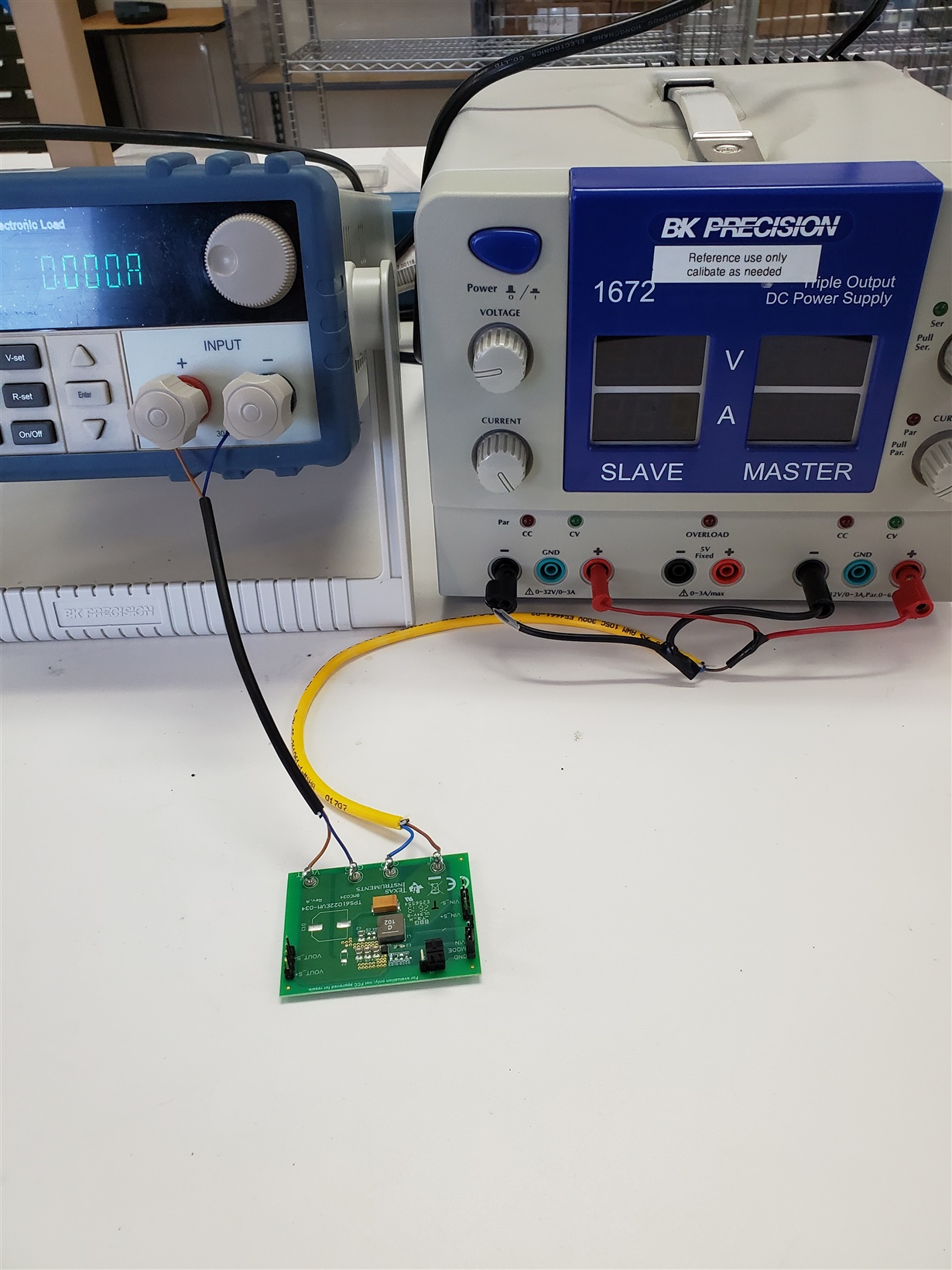We had several TPS61022 failures in our prototype boards and in order to isolate the problem, conducted a simple lab experiment with two eval boards TPS61022EVM-034. Modification included setting the output voltage to 5.45V by replacing R3 with 61K (this created a feedback voltage divider 750k+61k)||100K). For testing we used a regulated 3V lab power supply on the input and a BK Precision 8500 programmable DC electronic load on the output. Board #1 was set to PFM mode. The current was slowly increased from 0 to 1.4A. At 1.4A the board was running but after setting the current to 1.45A the board ran for 6 min and then died shorting the lab power supply.Board #2 was tested in PWM mode. The board ran ok at 1.4A but failed immediately at 1.47-1.48A. Both damaged boards show the shorted inputs.
Last more or less stable operation in PWM mode:
Vin = 3V, Input current = 3.6A
Vout = 5.32V, Output current = 1.4A
Whats wrong with this part? I cannot remember last time a TI switcher failing so miserably


